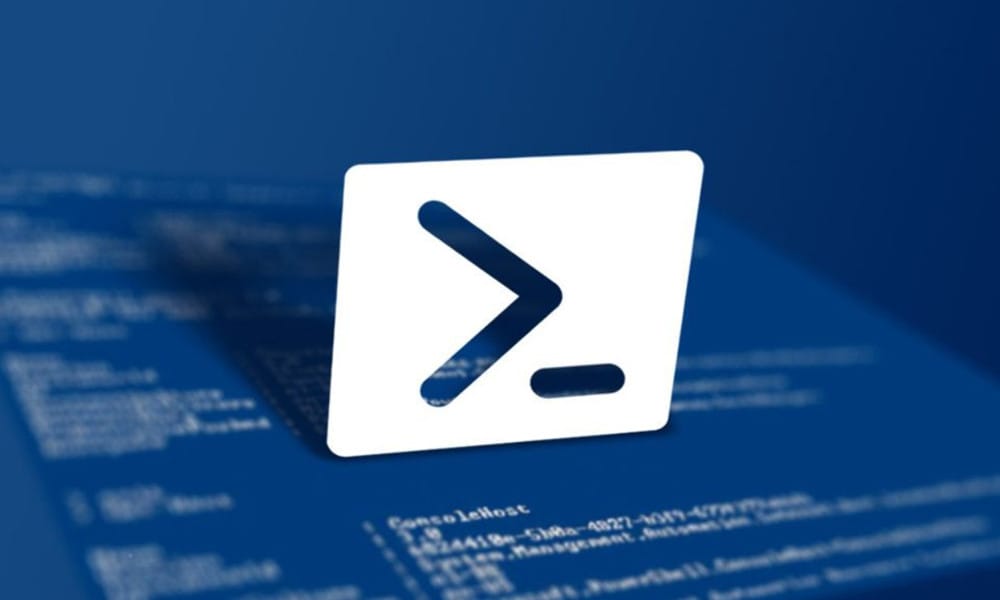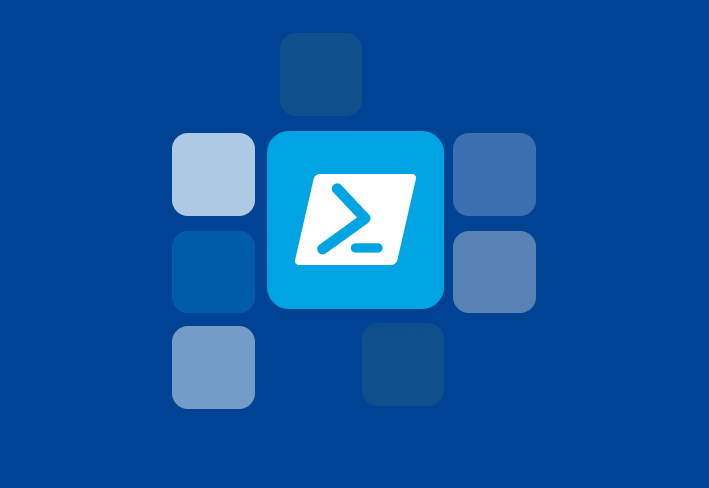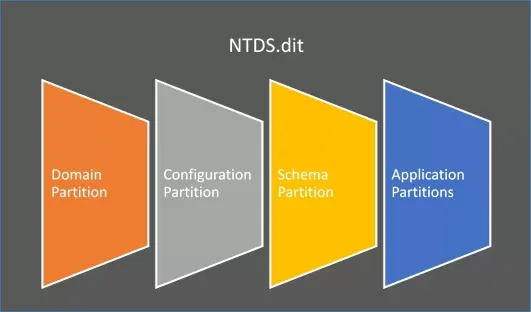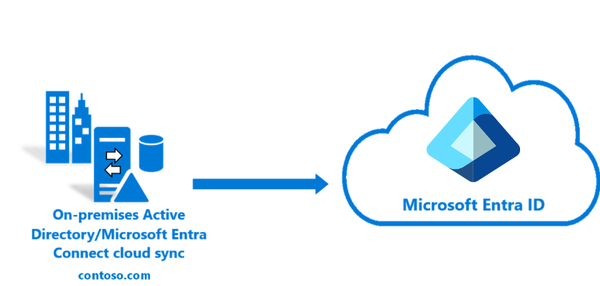Automating User Provisioning with PowerShell and Azure AD

Automating user provisioning in Azure Active Directory (Azure AD) with PowerShell is a transformative approach for IT teams seeking to streamline onboarding, reduce manual effort, and enhance security. This post explores the practical steps, benefits, and best practices for leveraging PowerShell to automate user account creation and management in Azure AD.
Why Automate User Provisioning?
Manual user provisioning is time-consuming and prone to errors, especially in organizations with frequent onboarding and offboarding. Automation with PowerShell offers:
- Consistency: Scripts execute predefined steps, reducing the risk of mistakes.
- Efficiency: Bulk operations can be performed in seconds, saving hours of manual work.
- Scalability: Easily manage hundreds or thousands of accounts as your organization grows.
- Security: Enforce policies and permissions uniformly, minimizing gaps in access control.
Prerequisites
Before you begin, ensure you have:
- An active Azure AD subscription
- PowerShell installed (cross-platform support available)
- Azure AD PowerShell or Microsoft Graph PowerShell module installed
- Sufficient permissions to create and manage users in Azure AD
Example: Installing the Module
Install-Module Microsoft.Graph -Scope CurrentUserConnecting to Azure AD
Start by authenticating your PowerShell session with Azure AD:
Connect-MgGraph -Scopes "User.ReadWrite.All"Core Cmdlets for User Provisioning
New-MgUser: Create a new user accountSet-MgUser: Update existing user attributesRemove-MgUser: Delete a user accountAdd-MgUserLicense: Assign licenses to usersAdd-MgUserMemberOf: Add users to groups
Example: Creating a New User
Below is a sample script to create a new Azure AD user with specific attributes:
$PasswordProfile = @{
Password = "StrongP@ssword123"
ForceChangePasswordNextSignIn = $true
}
New-MgUser -AccountEnabled $true `
-DisplayName "Jane Doe" `
-MailNickname "jdoe" `
-UserPrincipalName "[email protected]" `
-PasswordProfile $PasswordProfile `
-Department "IT" `
-JobTitle "Systems Engineer"You can extend this script to assign licenses or add the user to groups as needed.
Bulk User Provisioning
For onboarding multiple users, prepare a CSV file with user details and loop through it:
$users = Import-Csv -Path "users.csv"
foreach ($user in $users) {
# Repeat New-MgUser logic for each entry
}This approach enables rapid onboarding for entire teams or departments.
Integrating with HR Systems
Advanced automation can pull user data from HR platforms (e.g., Workday, SuccessFactors) or SharePoint lists, triggering provisioning scripts based on new hire entries. This ensures that IT operations align with HR workflows and minimizes delays.
Best Practices
- Test scripts in a non-production environment first
- Use managed identities instead of hardcoded credentials for security
- Log all actions for compliance and auditing
- Schedule scripts using Azure Automation or Task Scheduler for regular execution
- Review and update scripts as organizational needs evolve
Real-World Impact
Organizations automating user provisioning with PowerShell have reported:
- Up to 80% reduction in onboarding delays
- Fewer support tickets related to access issues
- Enhanced compliance with security policies

Conclusion
Automating user provisioning in Azure AD with PowerShell is a powerful way to boost IT efficiency, reduce errors, and support secure, scalable growth. By adopting these practices, organizations can ensure a seamless onboarding experience and maintain robust identity management in the cloud-first era.



